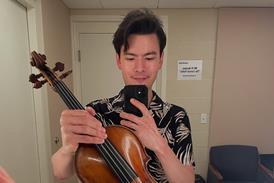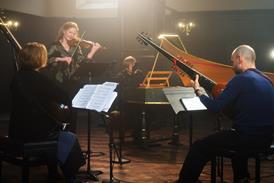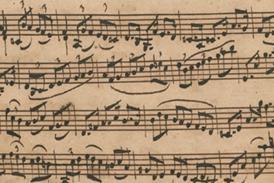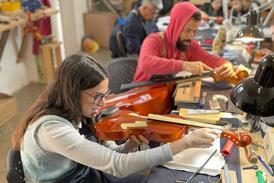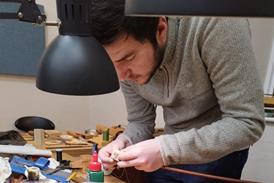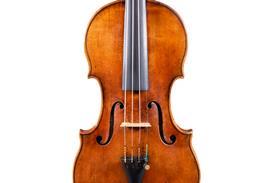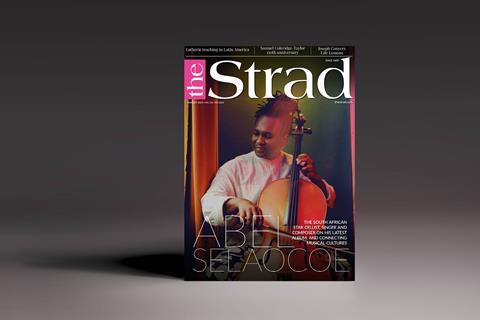- More from navigation items
- Home
- News
- For Subscribers
- Student Hub
- Playing Hub
- Podcast
- Lutherie
- Magazine
- Magazine archive
- Whether you're a player, maker, teacher or enthusiast, you'll find ideas and inspiration from leading artists, teachers and luthiers in our archive which features every issue published since January 2010 - available exclusively to subscribers. View the archive.
- Jobs
- Shop
- Directory
- Contact us
- Subscribe
- School Subscription
- Competitions
- Reviews
- Debate
- Artists
- Accessories
Cellist Timothy Eddy on the teaching styles of Bernard Greenhouse and Pablo Casals

The Orion String Quartet founder learnt the importance of the link between language and music from the two legendary cellists
I come from a musical family - my grandfather played the cello as an amateur and my mother taught the piano. In my fourth grade at school I discovered the cello when we were sent for musicianship tests. My first teacher was Wendell Margrave and eventually I had lessons with John Martin, who was principal cellist in the Washington National Symphony.
But undoubtedly my main teachers and influences were Luigi Silva and Bernard Greenhouse. I started learning with Silva at the Juilliard pre-college division. He had a fantastically organised and systematic approach, with exercises that clarified every aspect of technique, from practising double-stops to perfecting up-bow staccato. He also instilled in me a strong sense of how to practise.
He followed a three-tiered strategy that comprised exercises and technique, first of all developing a system of reflexes necessary to play with the left hand; this was working in abstract on technique in its purest form. The second stage involved studies or virtuosic short pieces such as Fauré's Papillon. These études provided a synthesis of issues that bridged the gap between extraction of technique and pieces. The final stage was 'real-life' pieces, in which one explores the harmonic progression and musical flow while still focusing on accuracy of technique.
Already subscribed? Please sign in
Subscribe to continue reading…
We’re delighted that you are enjoying our website. For a limited period, you can try an online subscription to The Strad completely free of charge.
* Issues and supplements are available as both print and digital editions. Online subscribers will only receive access to the digital versions.


